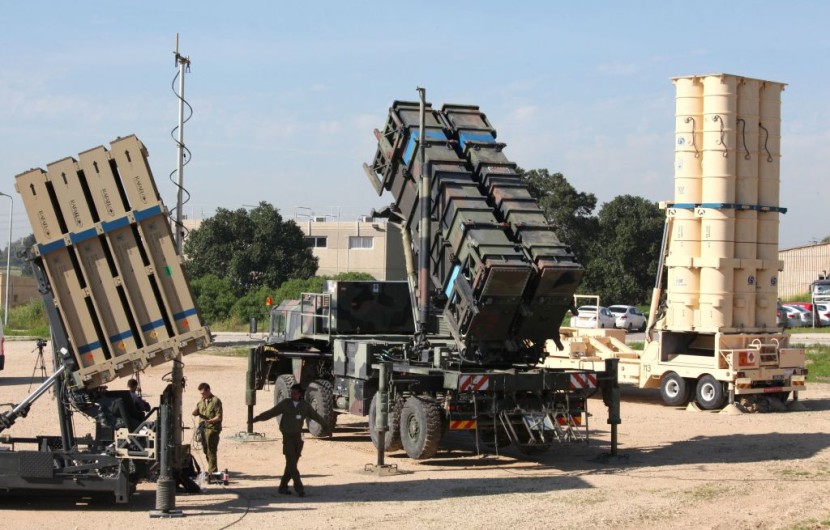Israel's sophisticated Arrow 3 air defense system, known as the "missile-killer," was deployed in response to a series of missile launches by Yemen's Iran-backed Houthi rebels towards Israel.
This event marks a significant escalation in regional tensions and showcases the advanced capabilities of Israel's military technology, as per The Sun.
Israel's Arrow 3 Missile Killer

The Arrow 3 system, renowned for its ability to intercept ballistic missiles from thousands of miles away, demonstrated its effectiveness by successfully destroying a rocket near the Red Sea, which was believed to have been launched by Houthi fighters. This interception was a first-of-its-kind operation, highlighting the system's hypersonic and high-altitude interception capabilities.
The Israeli Defense Forces (IDF) also reported using its Iron Sting system in attacks against Hezbollah terror bases in Lebanon. This marks only the second operational use of the Iron Sting system, indicating Israel's ongoing efforts to fortify its defense mechanisms against various threats.
The Arrow 3 system, a product of joint development between the United States and Israel, has been operational since 2017. It represents an evolution over its predecessor, the Arrow 2, with enhanced speed and altitude capabilities. The development of the Arrow family of missiles, a multi-billion dollar project, was primarily motivated by the perceived threat of attack from Iran.
This recent operational success follows closely on the heels of another significant achievement - the first operational interception by the Arrow 2 system last week. These back-to-back successes underscore Israel's commitment to maintaining a robust and multi-tiered air defense network capable of countering a wide range of threats.
The recent events have also highlighted the volatile situation in the region. The Houthi rebels, who have been engaged in a protracted conflict in Yemen, have increasingly targeted Israel with missile and drone attacks. These attacks have intensified tensions and have raised concerns about the potential for wider regional conflict, according to News18.
Read Also: Indian Officials are Playing the Blame Game as New Delhi's Air Pollution Situation Worsens
Israel Deploys Advanced Defense Amid Rising Tensions
In a separate incident, Houthi forces claimed to have downed an American drone, adding another layer of complexity to the already tense regional dynamics. The US has confirmed the loss of a drone, though details of the incident remain scarce.
The IDF's response to these threats has been multi-faceted. In addition to using advanced air defense systems like Arrow 3 and Iron Sting, Israel has also deployed the David's Sling air defense system and the Iron Dome system. The latter, particularly, has been instrumental in intercepting thousands of incoming threats since the escalation of hostilities with Hamas on October 7.
These developments have had significant humanitarian impacts as well. Reports indicate that over 10,800 people have been killed in retaliatory Israeli strikes in the Gaza Strip, and there have been numerous civilian casualties. The conflict has also led to large-scale displacement, with many Israelis being evacuated to safer areas.
The recent use of the Arrow 3 system not only marks a significant milestone in Israel's military capabilities but also signals a new phase in the ongoing conflict in the region. As tensions continue to rise, the international community watches closely, hoping for a de-escalation of hostilities and a return to diplomacy to resolve the deep-seated issues at the heart of this conflict, Breaking Defense reported.
© 2026 HNGN, All rights reserved. Do not reproduce without permission.








